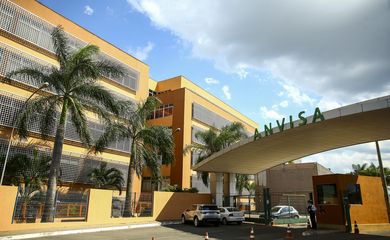Covid-19: Rio state is at very low risk for the second week
For the second week in a row, the state of Rio de Janeiro is under the green flag, with very low risk for transmission of covid-19, reveals the Covid-19 Risk Map, whose 59th edition was released today (3) by the Secretary of State of Health (SES). The survey indicates a drop of 28% in the number of deaths caused by the disease and 28% in hospitalizations. The analysis compares epidemiological weeks 46 (November 14th to November 20th) and 44 (October 31st to November 6th).

According to the Risk Map, the Metropolitan I and Serrana regions remain under the green flag, with very low risk. The Northwest region, which was under the yellow flag, was switched to the green one. The North, Baixada Litorânea, Ilha Grande Bay, Center-South and Metropolitana II regions are classified as low risk, under the yellow flag. The Middle Paraíba region is the only one classified under the orange flag, with moderate risk for covid-19. The change in this region occurred due to the increase of three deaths (from 4 to 7) in the weeks analyzed.
According to the State Secretary of Health, Alexandre Chieppe, the state of Rio continues to advance in the fight against covid-19, and this is a reflection of the measures to fight the pandemic and the immunization campaign.
“On the other hand,” noted Chieppe, “we are facing a new strain circulating the world and an outbreak of influenza. Therefore, it is important to maintain individual care, such as the use of a protective mask, hand washing and alcohol gel”. The secretary added that it is also necessary to return to the posts to take the second dose and the booster dose of the vaccine against covid-19, as well as the vaccine against influenza.
On the State Department of Health Map, the flags in different colors represent a level of risk and a set of social isolation recommendations, ranging from purple (very high risk), red (high), orange (moderate), yellow (low) and green (very low). The results obtained for the indicators presented should help decision-making by authorities, in addition to informing the need to adopt restrictive measures, according to the level of risk in each location.
Influenza
According to the secretariat, in the last week, the number of consultations for flu syndrome in state emergency care units (UPAs) increased, from 260/day, on average, in the period from November 17 to 23, to 1,283 consultations/day in the period from 24th to 30th of November, with growth of almost 400%. Therefore, SES reinforced the importance of immunization against influenza, especially among priority groups, which include children aged 6 months to under 6 years, people aged 60 years and over, pregnant women, postpartum women (women who gave birth less than 45 days) and people with comorbidities, compromised immune system.
To speed up the care of cases of flu syndrome, the SES started today (3) a new stage of the contingency plan to deal with the outbreak. The state UPAs will receive care tents for patients with flu-like illness. The first unit to have the new structure is the UPA Marechal Hermes, in the north of Rio de Janeiro, which, in addition to screening, has two medical offices for exclusive care of these cases.
Secretary Alexandre Chieppe informed that, this Saturday (4), the service tent linked to UPA Tijuca begins to function.
Text translated using artificial intelligence.







